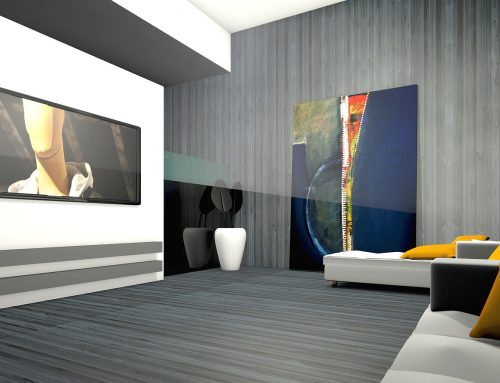Einsteigerguide: Typen von CAD-Software.
CAD oder Computer Aided Design Software wurde in den späten 1960er Jahren eingeführt, um den technischen Zeichnungsprozess zu beschleunigen. Während CAD hauptsächlich in der Konstruktionszeichnung und -architektur verwendet wird, kann es auch für andere Zwecke verwendet werden.

Es gibt verschiedene Richtungen von CAD und es gibt verschiedene Methoden, diese zu klassifizieren.
Arten von CAD-Software.
2 Dimensionales CAD.
2D-CAD ist der Pionier der CAD-Software und wurde Anfang der 70er Jahre entwickelt. Zu dieser Zeit entwickelten große Automobil-, Luftfahrt- und andere Maschinenbauunternehmen eigene Werkzeuge, um sich wiederholende Zeichnungsanforderungen zu automatisieren. 2D-CAD basiert auf geometrischen Grundformen wie Linien, Rechtecken, Kreisen usw., um flache Zeichnungen zu erstellen. Diese Art von Software wurde bereits in den 1970er Jahren entwickelt.
Autodesk ist eines der Pionierunternehmen, das eine bedeutende Rolle bei der Entwicklung von CAD-Software gespielt hat.
3 Dimensionales CAD.
3D-CAD ist eine Weitentwicklung der 2D-CAD-Software vergangener Tage. Da die Rechenleistung von Computern zunahm und die grafischen Darstellungsmöglichkeiten verbessert wurden, hat sich 3D-CAD zu einem immer beliebteren Konstruktionswerkzeug entwickelt. 3D-CAD ermöglicht die Erstellung realistischer Bilder. Diese Bilder werden 3D-Modelle genannt, da sie in alle Richtungen – X, Y oder Z – betrachtet und gedreht werden können. Sie können auch Ansichten aus einem 3D-Modell, wie z.B. Isometrien oder Perspektiven, aus jedem beliebigen Winkel mit 3D CAD darstellen. 3D CAD Tools wurden in den 1980er Jahren durch die Partnerschaft zwischen IBM- Dassults entwickelt. 3D CAD wurde schnell populär wegen der verbesserten visuellen Möglichkeiten.
Die rasante Weiterentwicklung der 3D-Software hat zu einem schnellen Turnaround im Produktdesign geführt und das Konzept für das Product Lifecycle Management (PLM) ins Leben gerufen. Einige der heute führenden 3D-CAD-Software umfasst SolidEdge oder SolidWorks. Natürlich ist bei der Vielzahl der Werkzeuge eine professionelle Ausbildung erforderlich, um diese Tools zu beherrschen.
3D-CAD kann weiter klassifiziert werden als:
Wireframe-Modelle – sie erzeugen skelettartige Modelle mit Linien und Bögen. Da sie aus Drähten zu bestehen scheinen und alles im Hintergrund sichtbar ist, werden sie als Wireframe-Modelle bezeichnet. Sie sind nicht mehr sehr beliebt.
Surface Modelle – im Gegensatz zu Wireframe-Modelle werden diese Modelle durch die Verbindung von 3D-Flächen erzeugt. Da im Hintergrund nichts zu sehen ist, sind die Surface-Modelle sehr realistisch.
Solid-Modelle – sie gelten als die nützlichsten CAD-Modelle. Obwohl die wie Surface-Modelle aussehen, haben sie zusätzliche Eigenschaften wie Gewicht, Volumen und Dichte, genau wie physikalische Objekte. Diese Modelle werden häufig als Prototypen zur Untersuchung von technischen Entwürfen verwendet.
Vielen Dank fürs Lesen.


